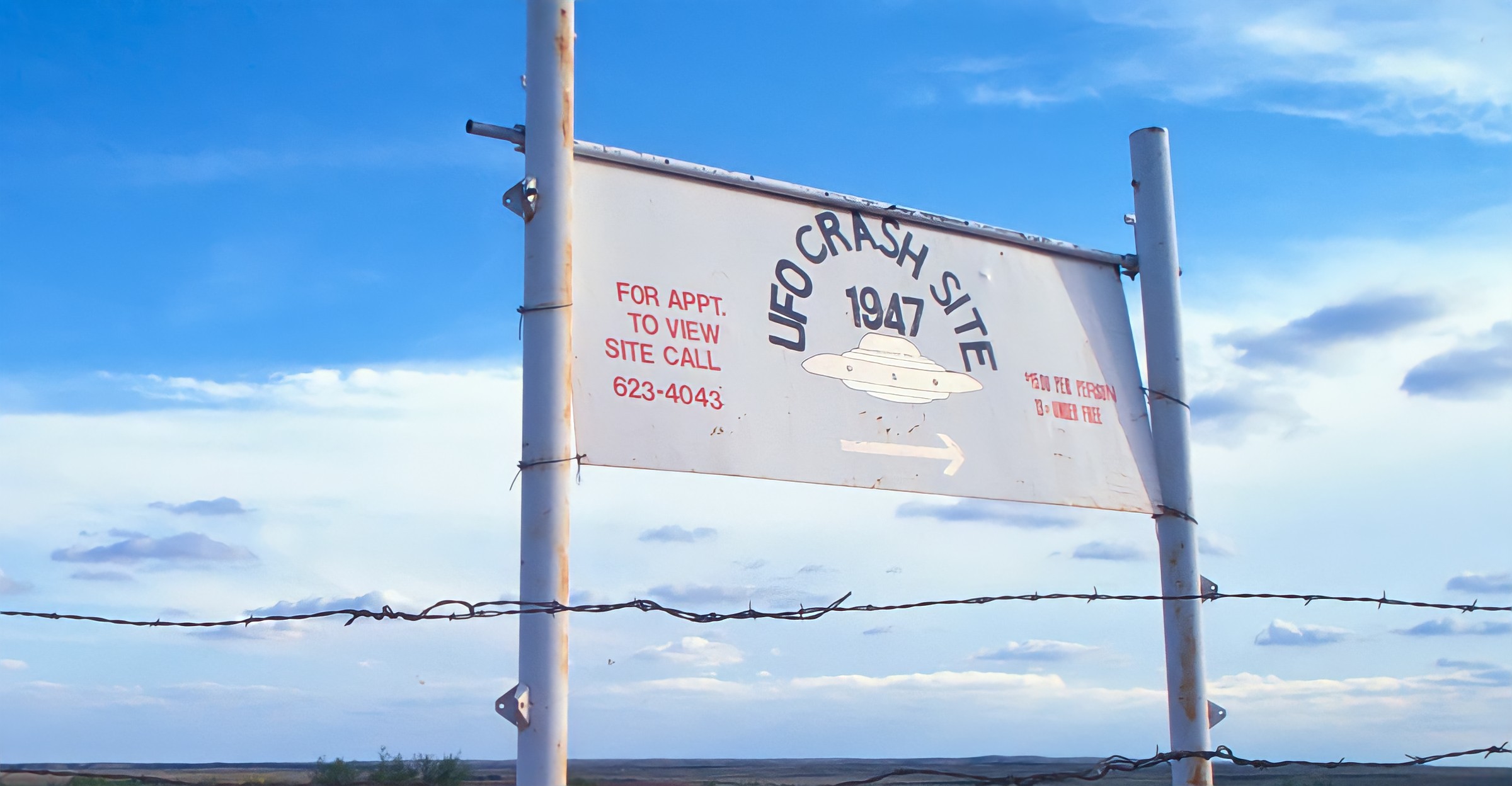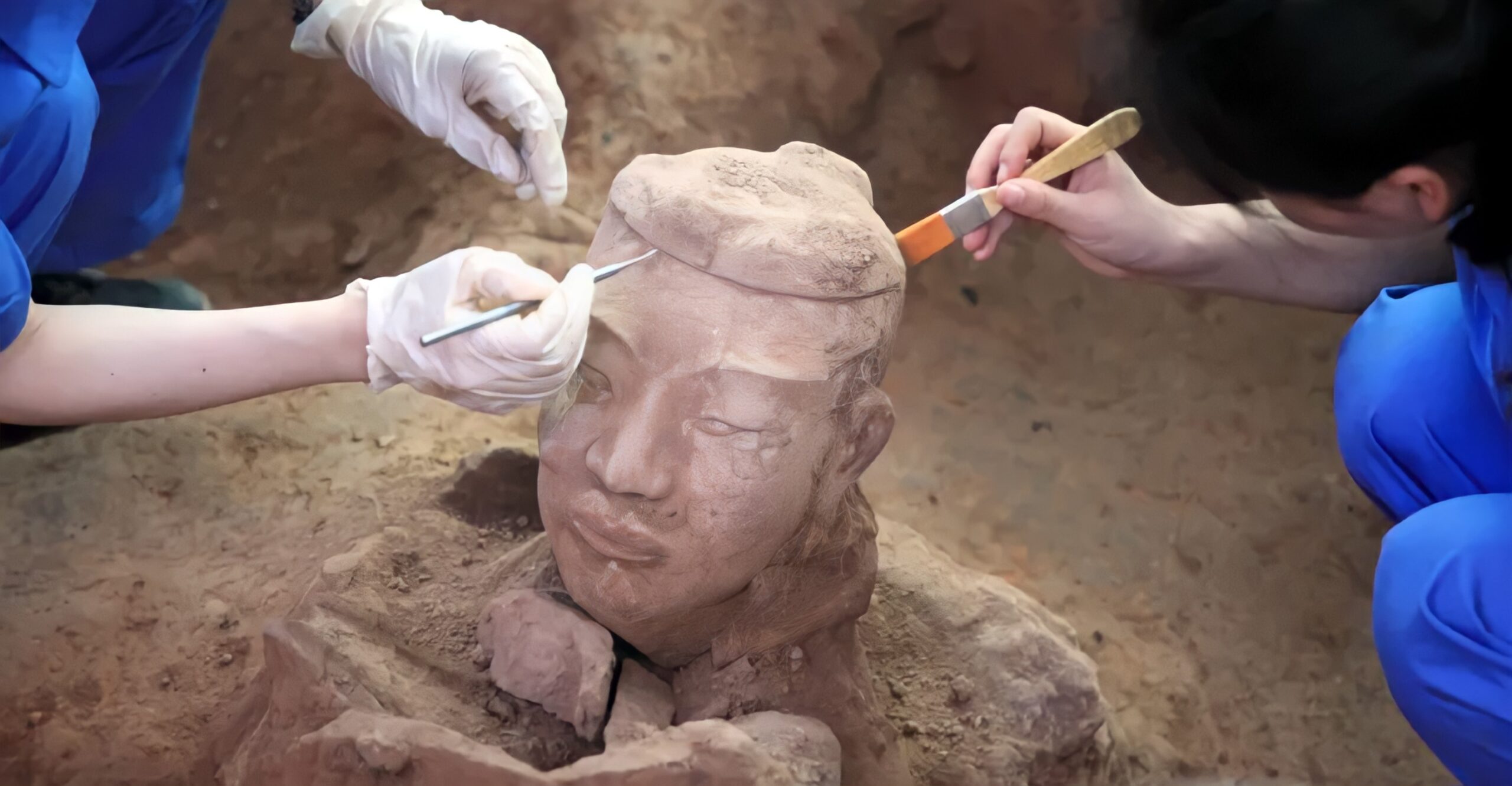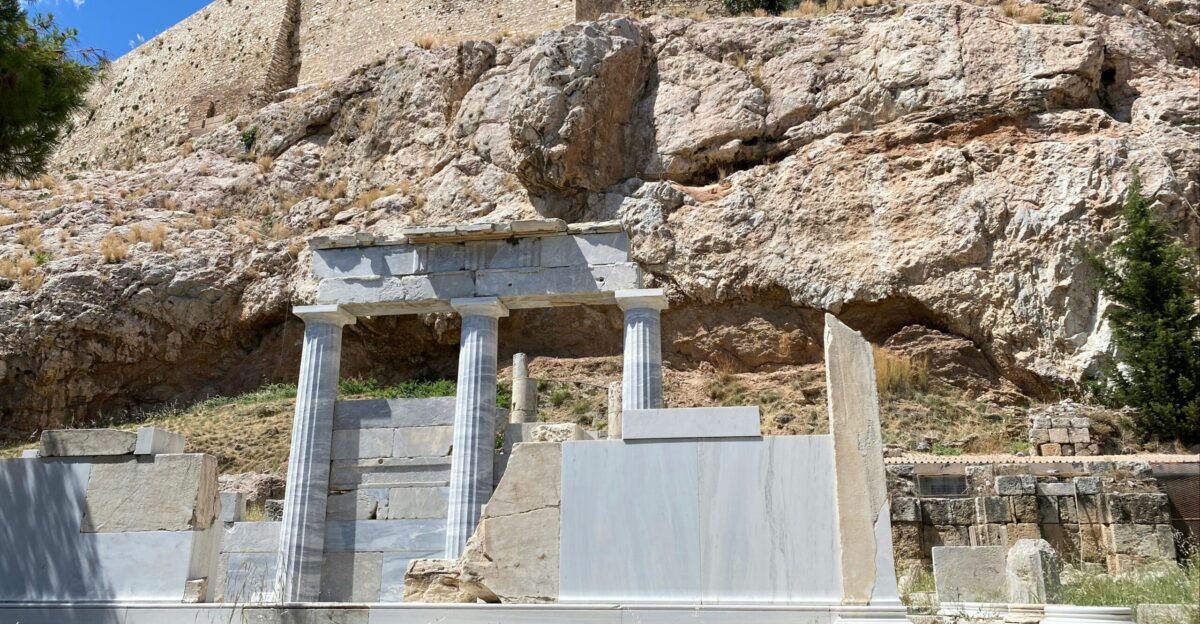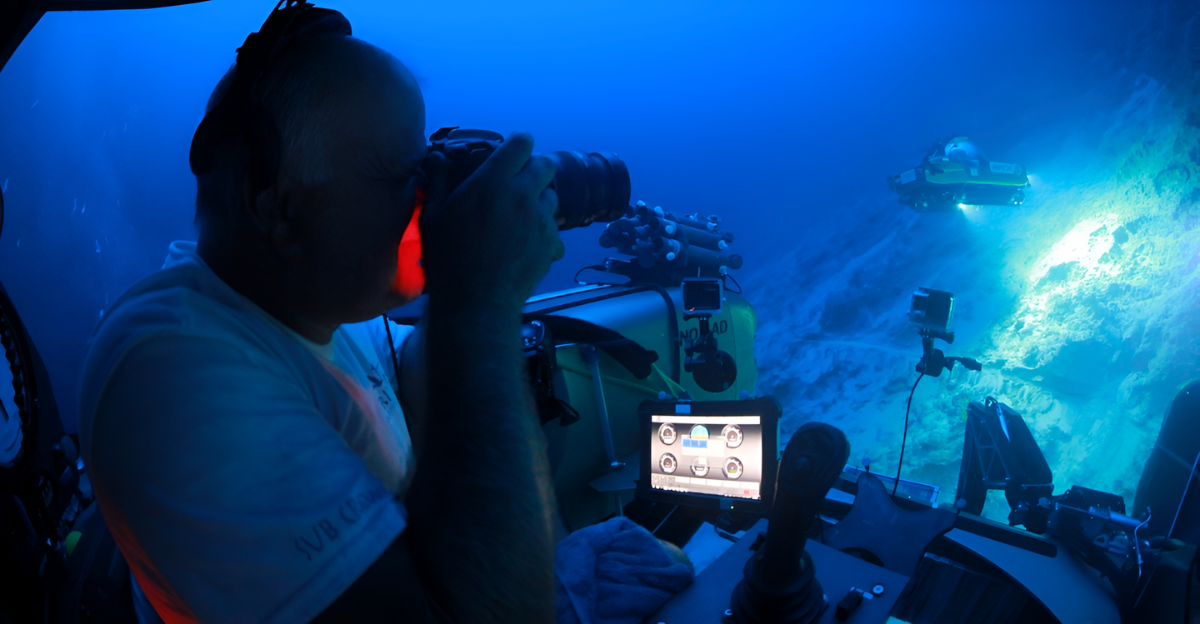
Texas’ Hill Country just logged another extreme weather headline after a string of late-May thunderstorms pushed creeks beyond their banks and sent water rushing into limestone bluffs west of San Antonio. Hydrologists rank the region among America’s most flash-flood-prone corridors – a peril amplified by steep slopes, thin soils and Gulf-fed humidity that can wring five inches of rain from the sky in a single hour.
“Flash Flood Alley is notorious for fast-rising water and tragic surprises,” flood researcher Carlos Martínez warned, noting Texas leads the U.S. in flood fatalities.
Water Rushed
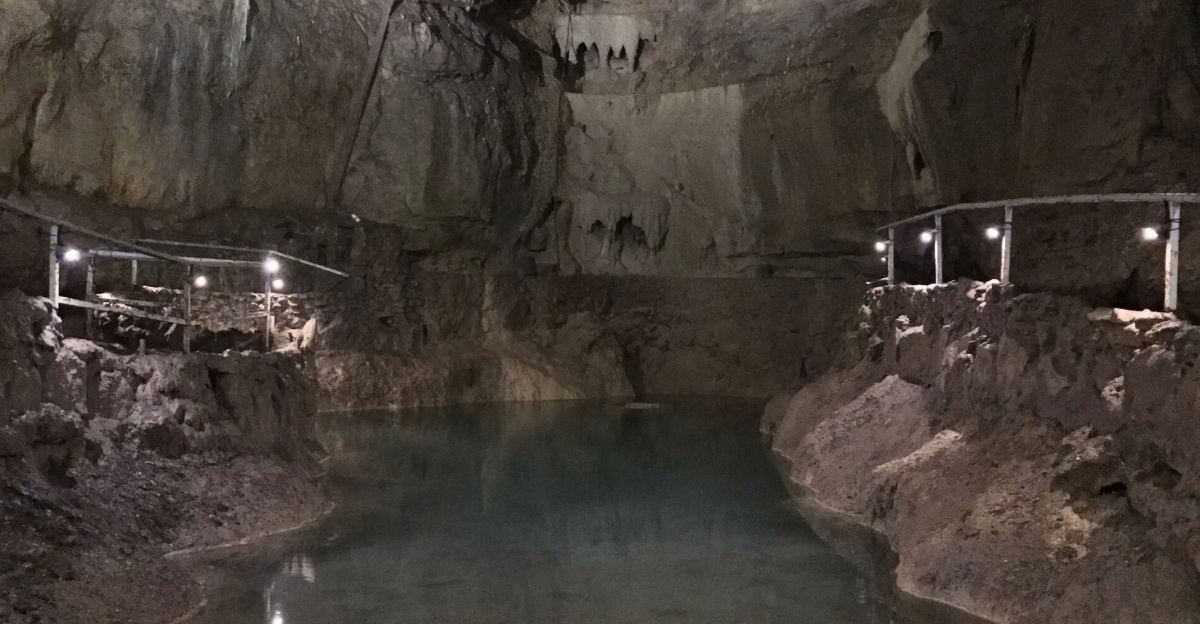
Over four stormy days, radar estimates showed repeated 3–6 inch downpours across Kendall County, forcing staff at nearby Cascade Caverns to wade through chest-high pools in the cave’s first chamber. Images posted to the cave’s Instagram feed on May 27 showed wooden walkways submerged beneath murky water, with emergency pumps working full-time to drain the flood.
Managers told Spectrum News they “strongly believe the cave will reopen this weekend,” but only after the flood pulse recedes.
First Tours

While the cavern’s chambers slowly drained, it’s worth remembering Cascade Caverns’ long history. The cave’s recorded story begins with Lipan Apache artifacts from the 1700s, but tourism sprouted when local physician Dr. Benjamin Hester began guiding “private parties” underground in the mid-1870s. Newspaper accounts from 1878 describe curious visitors descending by lantern light – satisfying the minimum proof that the cave was indeed open to outsiders in that decade.
Commercial operations formalized in 1932, making Cascade Caverns Texas’s oldest continuously touring cave.
Flood Footprint

Deluges are hardly new here. The cave’s archives list significant inundations in 1932, 1978, 2002 and 2021 – each forcing short-term closures while staff shoveled silt off the walkways. A small dam and permanent pumps were installed two decades ago to help tame such floods, yet climate models show today’s Hill Country downpours have become 15–30% more intense on average since 1970. “The warming atmosphere simply holds more water,” climate engineer Hatim Sharif told The Conversation after July’s deadly Guadalupe River flood, explaining why flash rains now pack a heavier punch.
With the city of Boerne mapping $5 million in drainage fixes, Cascade Caverns stands as a damp reminder that geology and meteorology remain tightly linked in this rugged corridor.
Doors Close

Cascade Caverns closed tours due to flooding. Despite the deluge, staff said they “strongly believe the cave will reopen this weekend for public tours.” General manager Lynnrae Smith added, “We should be good to go by the weekend. This is a mild situation for us.” No injuries were reported, but visitors holding Memorial Day tickets were offered refunds and rain checks.
“We should be good to go by the weekend,” Cascade Caverns general manager Lynnrae Smith assured, describing the inundation as “a mild situation for us”.
Tourism Hit

Local businesses immediately felt the pinch when the cavern went dark. Boerne’s Convention & Visitors Bureau estimates that cave tours inject roughly $8 million annually into local restaurants, RV parks and gift shops. TripAdvisor still lists Cascade Caverns as the town’s #1 attraction — a family-friendly escape where summer travelers beat triple-digit heat in the cool underground.
With the doors closed, tour guides were reassigned to mop-up and maintenance duty, and the phone lines buzzed with refund requests from disappointed day-trippers. The broader Hill Country tourism scene was already on edge.
Staff Voices

Behind the scenes, employees shared their own perspective on the flood. “Being at the county’s lowest point means we have to stay vigilant,” wrote one tour guide nicknamed “Stingray” in a May 27 Instagram caption, showing a photo of ankle-deep water covering the entry stairs. Another update a few days later assured followers that the pump house “has drained half the walkway already,” pairing optimism with an image of glistening stalactites in the dark.
Visitors chimed in on social media with fond memories of spotting cave critters like salamanders and “chicken-nugget bats,” underscoring that Cascade Caverns isn’t just rock and water — it’s a living ecosystem.
Cave Peers
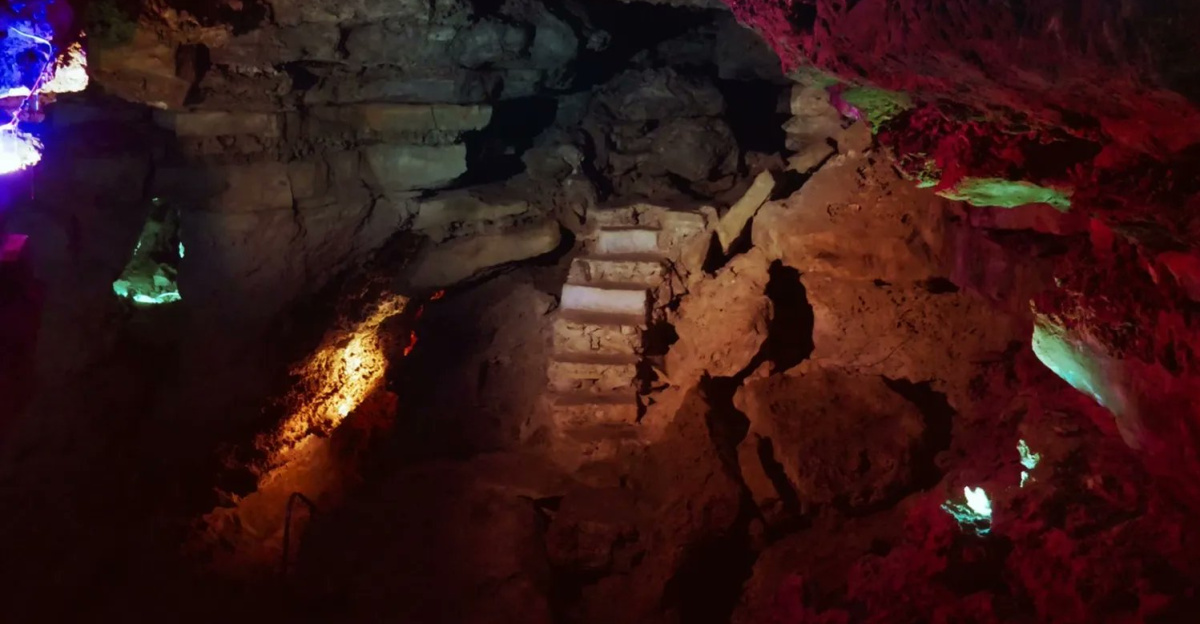
Cascade’s ordeal didn’t go unnoticed by other underground attractions. Natural Bridge Caverns near New Braunfels announced an unrelated renovation closure beginning June 5, 2025, citing “safety and preservation” needs — a reminder that show caves require constant upkeep even without floods. At Wonder World Park in San Marcos, managers reviewed their floodgate protocols after watching video of Cascade Caverns’ inundation, determined not to be caught off-guard.
State health codes classify show caves as “places of public assembly,” meaning county officials can shutter tours whenever water, mold or other hazards threaten visitors.
Bigger Trend

Zooming out, Texas has long been the nation’s flood fatality capital. From 1959–2019, the Lone Star State logged 1,069 flood-related deaths — far more than any other state, according to NOAA records. And the danger persists: the Center for Disaster Philanthropy notes 13 more people died after nine inches of rain swamped San Antonio on June 12, 2025, just two weeks after Cascade Caverns flooded.
Scientists link these intensifying downpours to warmer Gulf of Mexico waters and sprawling urban development that amplifies runoff.
Next Steps

Meanwhile, back at Cascade Caverns, the pumps were still humming as July opened, yet there were hopeful signs of normalcy on the horizon.
In town, Boerne’s city council is debating whether to accelerate a long-term stormwater master plan that earmarks $600,000 annually for creek drainage upgrades – an infrastructure investment aimed at softening the blow of future flash floods.



